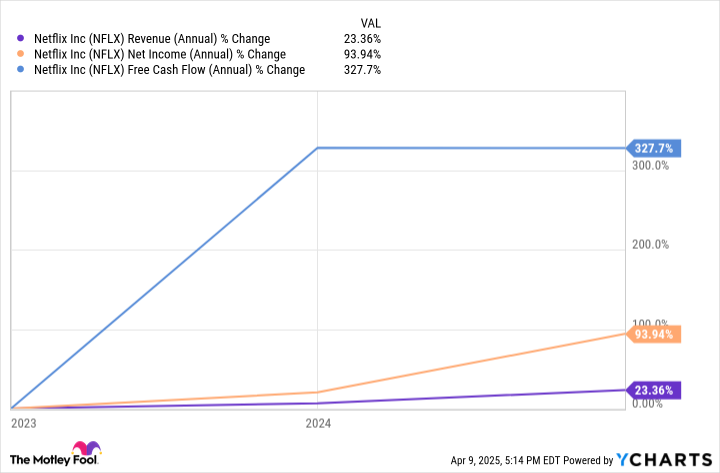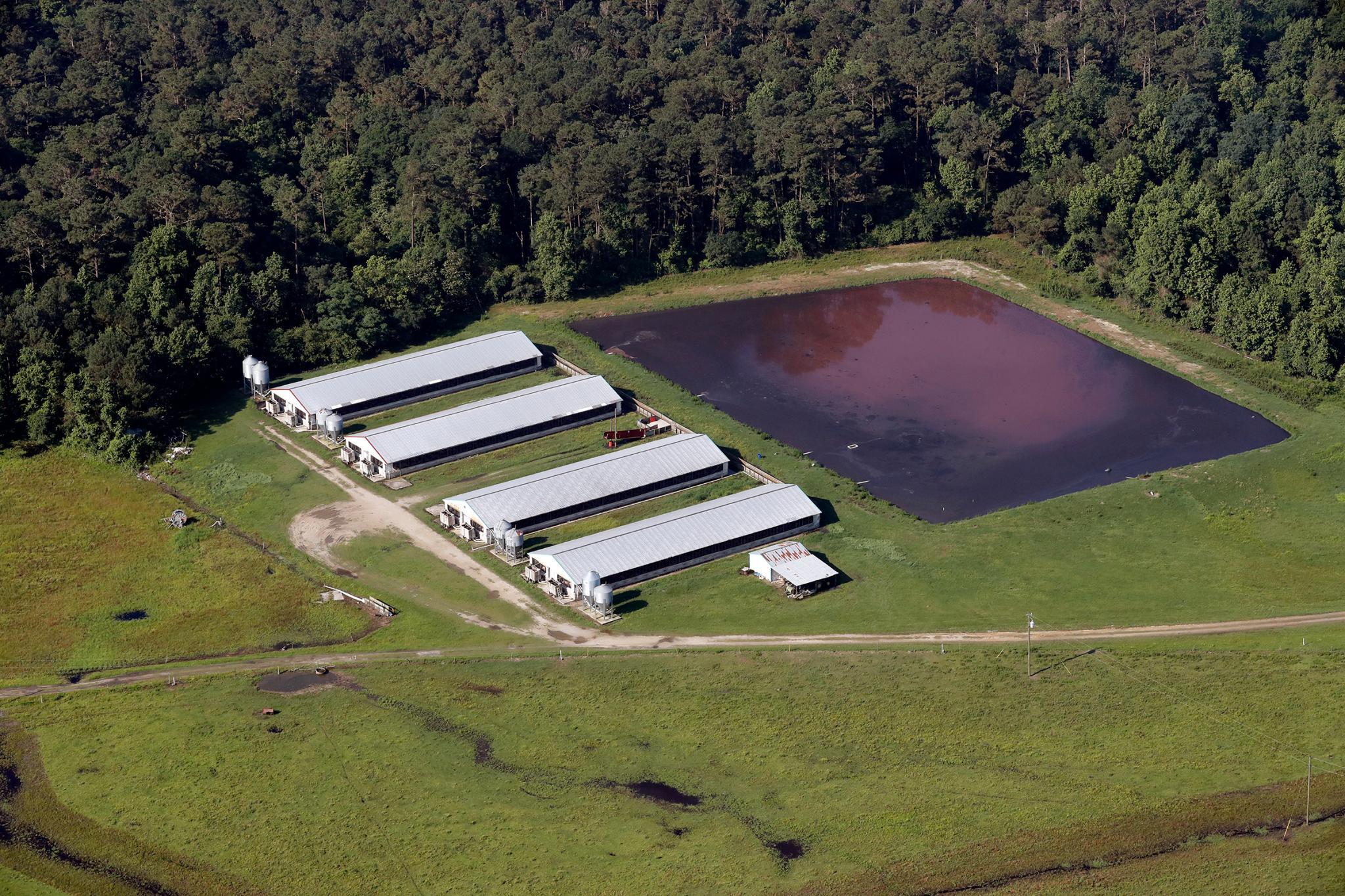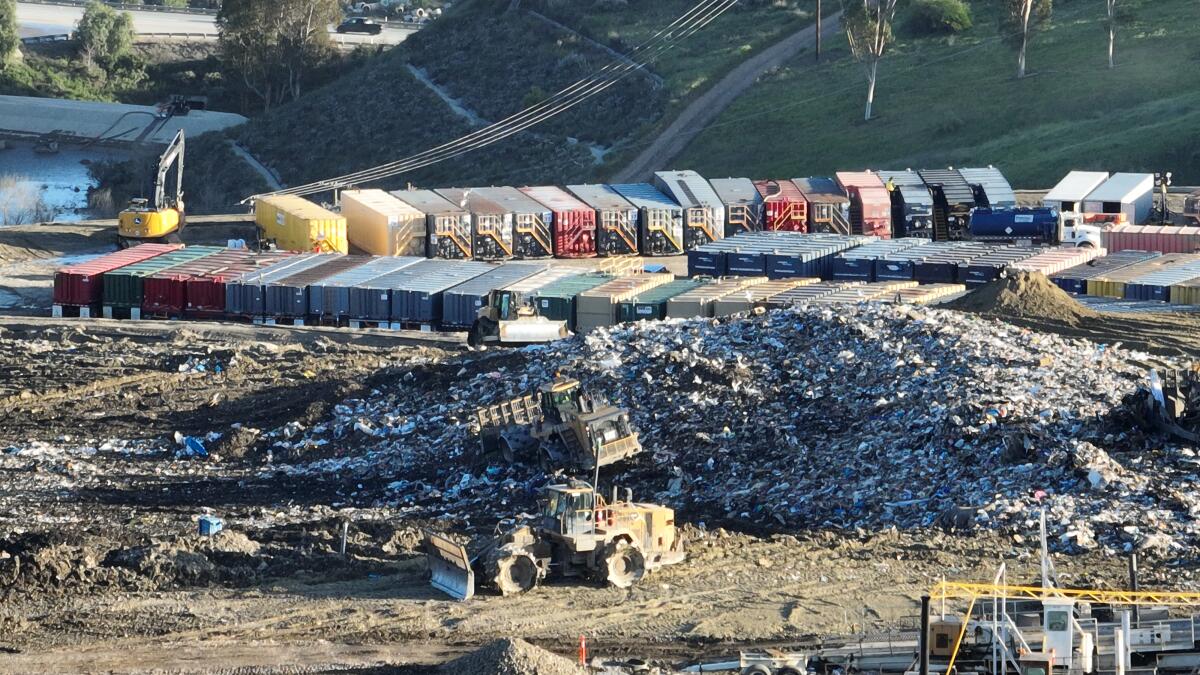EPA Overhaul: Charting a New Course for Environmental Accountability
Environment
2025-03-30 00:00:00Content

President Biden's Waters of the United States (WOTUS) rule empowered EPA officials in Washington, D.C. with unprecedented discretion to make subjective, case-by-case determinations about what constitutes a "water of the United States." This controversial regulation dramatically expanded federal oversight, potentially subjecting private landowners to intrusive government control over properties containing seemingly minor water features like small ponds, transient puddles, and even dry drainage ditches.
The rule's broad interpretation threatens to impose restrictive regulations and substantial financial penalties on property owners, effectively transforming routine land use into a complex bureaucratic minefield. By granting federal agencies such sweeping interpretative power, the policy risks undermining private property rights and creating significant uncertainty for farmers, ranchers, and rural landowners who depend on clear and predictable land management guidelines.
Navigating the Waters of Regulation: Biden's WOTUS Rule and Its Impact on Private Landowners
In the complex landscape of environmental policy, the Waters of the United States (WOTUS) rule has emerged as a contentious battleground between federal regulatory power and private property rights. The Biden administration's approach to water regulation has sparked intense debate about the extent of government oversight and its implications for landowners across the nation.Unraveling the Regulatory Maze: A Critical Examination of Federal Water Policies
The Scope of Federal Intervention
The Biden administration's WOTUS rule represents a significant expansion of federal regulatory reach, fundamentally challenging long-standing interpretations of land and water management. Environmental protection agencies have long grappled with defining the boundaries of federal jurisdiction, but this latest iteration pushes the limits of governmental oversight to unprecedented levels. Landowners find themselves caught in a complex web of regulatory requirements that transform even the most modest water features into potential points of federal scrutiny. Experts argue that the rule's broad interpretation creates a minefield of potential violations for private property owners. Small water bodies that were once considered inconsequential—including seasonal puddles, intermittent streams, and drainage ditches—now fall under intense federal examination. This approach transforms routine land management into a potential legal and financial risk, with property owners facing the specter of substantial fines and regulatory penalties.Economic and Property Rights Implications
The regulatory framework introduces profound economic challenges for landowners, particularly those in agricultural and rural communities. Each water feature now becomes a potential point of federal intervention, dramatically increasing the complexity of land use and development. Farmers, ranchers, and private landowners must now navigate an intricate landscape of potential regulatory violations, with even minor water-related features subject to extensive federal scrutiny. Economic analysts suggest the rule could have far-reaching consequences beyond immediate regulatory compliance. The increased uncertainty creates a chilling effect on land development, agricultural investment, and rural economic growth. Property values may fluctuate as potential buyers become wary of the complex regulatory environment, potentially stifling rural economic development and individual property rights.Environmental Policy and Bureaucratic Discretion
The WOTUS rule empowers EPA officials with unprecedented discretionary power, effectively centralizing water resource management in Washington, D.C. This approach fundamentally challenges traditional local and state-level environmental management strategies. By creating a case-by-case determination process, the rule introduces significant uncertainty and potential inconsistency in regulatory enforcement. Legal scholars argue that such broad discretionary power raises critical constitutional questions about the balance of federal and local governance. The rule transforms environmental regulation from a structured, predictable framework into a potentially arbitrary system where federal officials possess extensive interpretative latitude.Technological and Scientific Considerations
Advanced mapping technologies and satellite imaging have transformed how water resources are identified and classified. The WOTUS rule leverages these technological capabilities to create a more comprehensive—yet potentially overreaching—regulatory approach. Geographic information systems and remote sensing technologies now play a crucial role in identifying water features that might trigger federal oversight. Scientific communities remain divided about the rule's technical merits. While some environmental researchers support a comprehensive approach to water resource management, others argue that the rule represents an overextension of federal regulatory power that fails to account for regional ecological diversity and local environmental conditions.Political and Legal Landscape
The WOTUS rule exists within a broader political context of ongoing debates about environmental regulation, property rights, and federal authority. Multiple states have challenged the rule's constitutionality, arguing that it represents an unwarranted expansion of federal power. Legal battles continue to shape the regulatory landscape, with potential Supreme Court interventions looming on the horizon. Political analysts suggest the rule reflects broader ideological divisions about the role of government in environmental protection and private property management. The debate extends far beyond technical water resource management, touching on fundamental questions of individual liberty, governmental authority, and environmental stewardship.RELATED NEWS
Environment

Green Guardians: Motor City Activists Stand Up for Federal Environmental Defenders
2025-04-23 00:43:00
Environment

Green Guardians Rise: Young Miami Activists Mobilize for Environmental Action
2025-03-16 12:30:00






